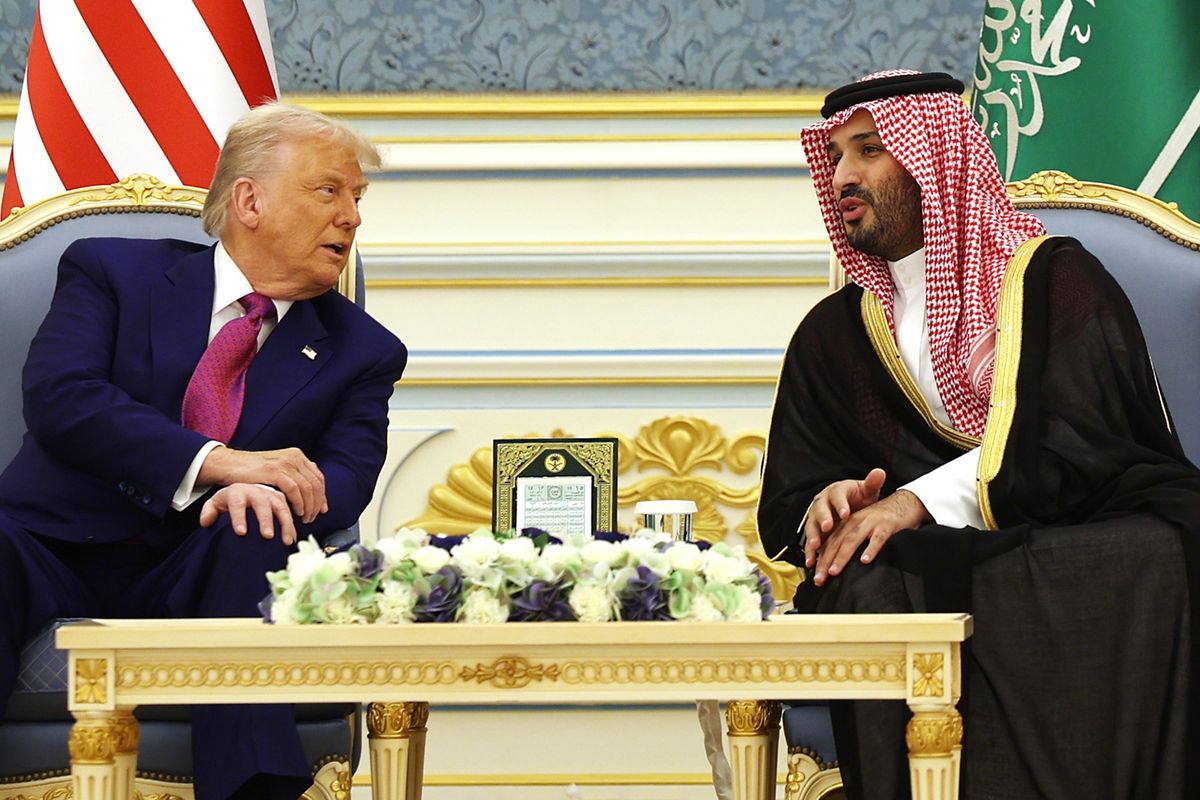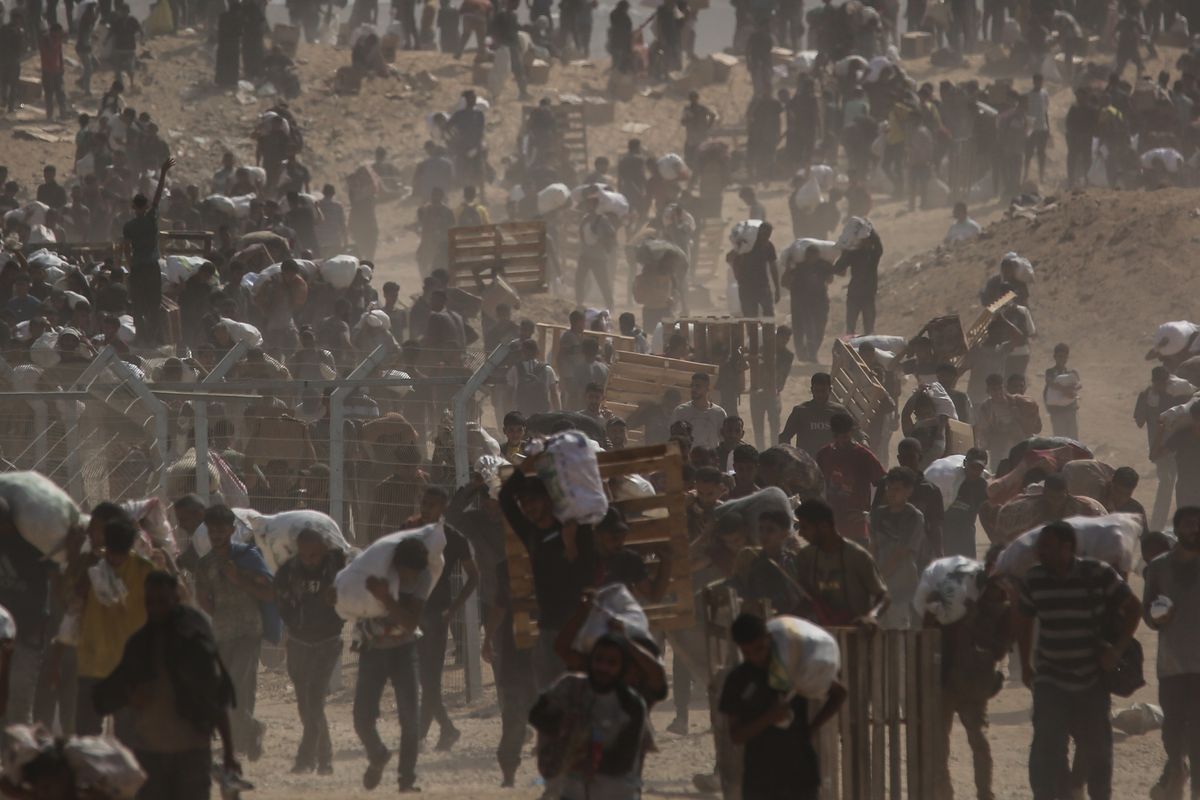Billed the “forgotten child” of the Middle East, Yemen is ensnared in a three-year old civil war with no end in sight. Despite haphazard international attempts to mediate a ceasefire, the prospects for reconciliation remain bleak, and Yemeni citizens continue to face a catastrophic humanitarian crisis. All the while, the world sits idly by as the number of civilian casualties mounts daily.
“Unfortunately, Yemen has been the bastard (neglected) stepchild of the Middle East for the last 50 years,” says Rob Richer, Cipher Brief expert who spent two years stationed in Yemen during the 1980s as the CIA’s Middle East Chief.
“It’s a country that is remote, and no one is really interested in it. When was the last time you heard this administration, the UK, or Saudi internal dialogue talk about Yemen?” Richer asks.
Yemen devolved into conflict in September 2014 after a Shia paramilitary force, known as the Houthis, stormed the Yemeni capital of Sana’a and took control of the city. In January 2015, the Houthis seized the presidential palace in Sana’a and besieged the residence of Yemeni President Abdrabbuh Mansur Hadi, who assumed office in 2012. The man he replaced, Ali Abdullah Saleh, had ruled the country for the previous 33 years and had played an instrumental role in unifying North and South Yemen in 1990.
“Saleh’s forceful personality and interests helped unify Yemen in many people’s eyes and in many Yemenis’ eyes,” says Richer. “So there was a period of time after reconciliation in 1990 when the central government was better positioned and actually probably had significant control of the country.”
As President, Hadi failed to meet growing Houthi political demands for a more inclusive government and also drew the ire of the Houthi movement by raising fuel prices and cutting energy subsidies to help ease the burden on the government’s deficit. In response, the Houthis organized mass protests in August 2014 and subsequently marched into the capital one month later.
The Houthis placed Hadi under house arrest in January 2015 and announced a temporary five-member presidential council. However, in February, Hadi fled to the southern port city of Aden where he galvanized support and once again declared himself Yemen’s legitimate president. In March 2015, the battle for Aden broke out between the Houthis and forces loyal to Hadi. Houthi advances forced Hadi to seek refuge in neighboring Saudi Arabia where he appealed for help from the UN to restore order in Yemen.
Soon after, the Gulf Cooperation Council (GCC) issued a statement declaring their intentions to intervene on behalf of the Hadi government. In April 2015, the Saudis, concerned over Iranian support for the Houthis, organized a coalition comprised of members of the GCC, and launched an air campaign in Yemen, known as Operation Decisive Storm, under the leadership of Saudi Defense Minister and recently appointed Crown Prince, Mohammad bin Salman. One of the Saudi air raids struck the home of Saleh who then joined the Houthi cause.
Air strikes conducted by the Saudi-led coalition helped stall Houthi advances and enabled Hadi’s return to Yemen in September 2015. For the last two years, the battle has amounted to a stalemate, with no side gaining the upper hand.
“Overall, I would say that it is probably closer to 25 percent of the territory is undecided, 25 percent belongs to radical groups, and a 30 percent/20 percent split between the Houthis and the legitimate government, with the Houthi opposition forces probably controlling slightly more,” says Richer.
Extremist groups, namely al Qaeda, have taken advantage of the chaos to expand their influence in the region. According to some estimates, al Qaeda’s regional affiliate, AQAP, controls nearly 36 percent of Yemen, where the group can train, plot, and coordinate attacks.
The war has also taken a dire toll on the Yemeni people who have suffered from rampant disease and starvations.
“About 20 million Yemenis are being starved by the U.S.-backed Saudi blockade,” says Nasser Arrabyee, a Yemeni journalist based in Sana’a.
“By destroying food and clean water facilities, the Saudis have made the worst cholera outbreak in the world,” he explains.
“The epidemic has killed about 3,000 people from last April and infected 700,000 others, with 7,000 new people being sickened every day, especially children. More than two million children are malnourished with one child dying every five minutes.”
And as the conflict drags on, it is becoming increasingly apparent that military force alone will not bring stability to Yemen. International efforts aimed at reaching a ceasefire or instituting a roadmap for peace have thus far failed to yield tangible results.
According to Eric Pelofsky, former Senior Director for North Africa and Yemen at the National Security Council, a possible starting point for a peace process is the Yemen Roadmap, which was endorsed by the Gulf Cooperation Council in August 2016.
“The sequence starts with a significant political step, the replacement of Hadi’s vice president, as a sign that a meaningful political transition is commencing,” wrote Eric Pelofsky in The Cipher brief in April.
“However, this step has to be followed by a critical security measure – a Houthi withdrawal from Sana’a – to be fully realized,” he continued. “Future negotiations could adjust the sequence proposed in the Yemen Roadmap, but it is the right place to restart this process. Reverting to the approach before the Roadmap is a recipe for continued stalemate.”
Ultimately, however, the future of Yemen hangs on the will of the U.S. and the international community writ large to step in and help this beleaguered nation.
“The U.S., except for its Special Operations considerations and targeting terrorists, doesn’t really care about the situation in Yemen, particularly with this administration,” concludes Richer. “I don’t see reconciliation coming soon.”
Bennett Seftel is deputy director of analysis at The Cipher Brief. Follow him on Twitter @BennettSeftel.












